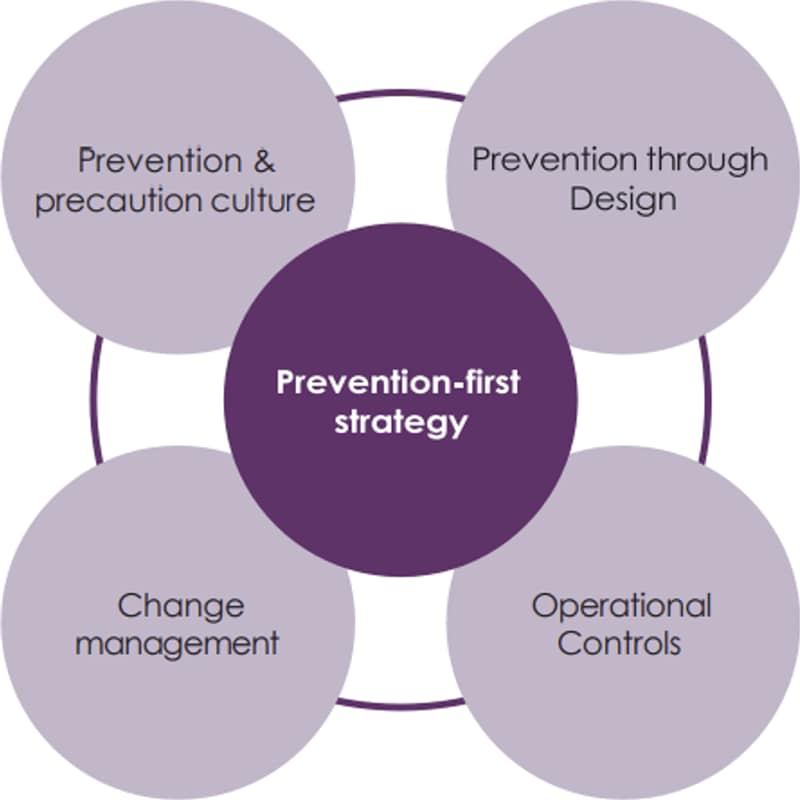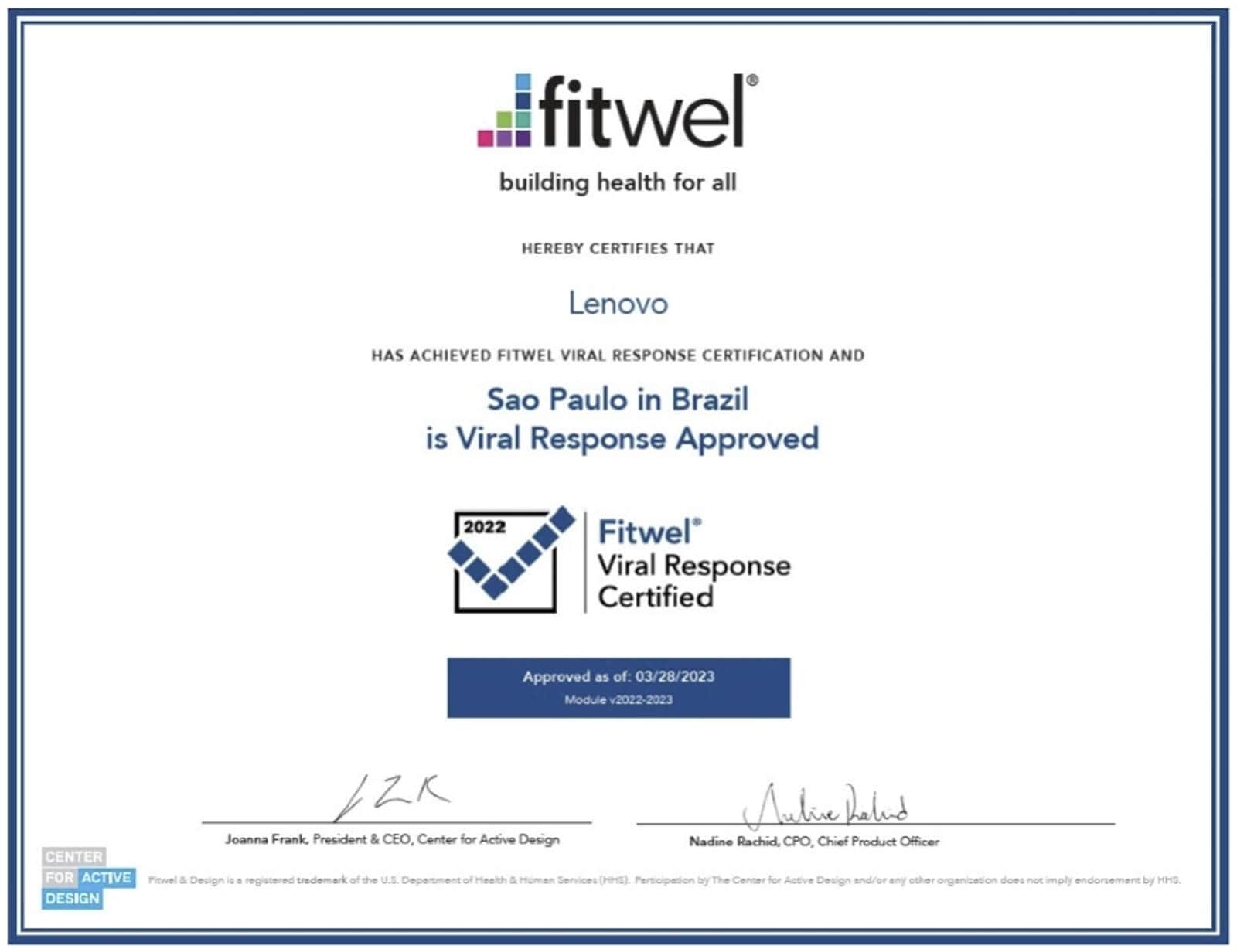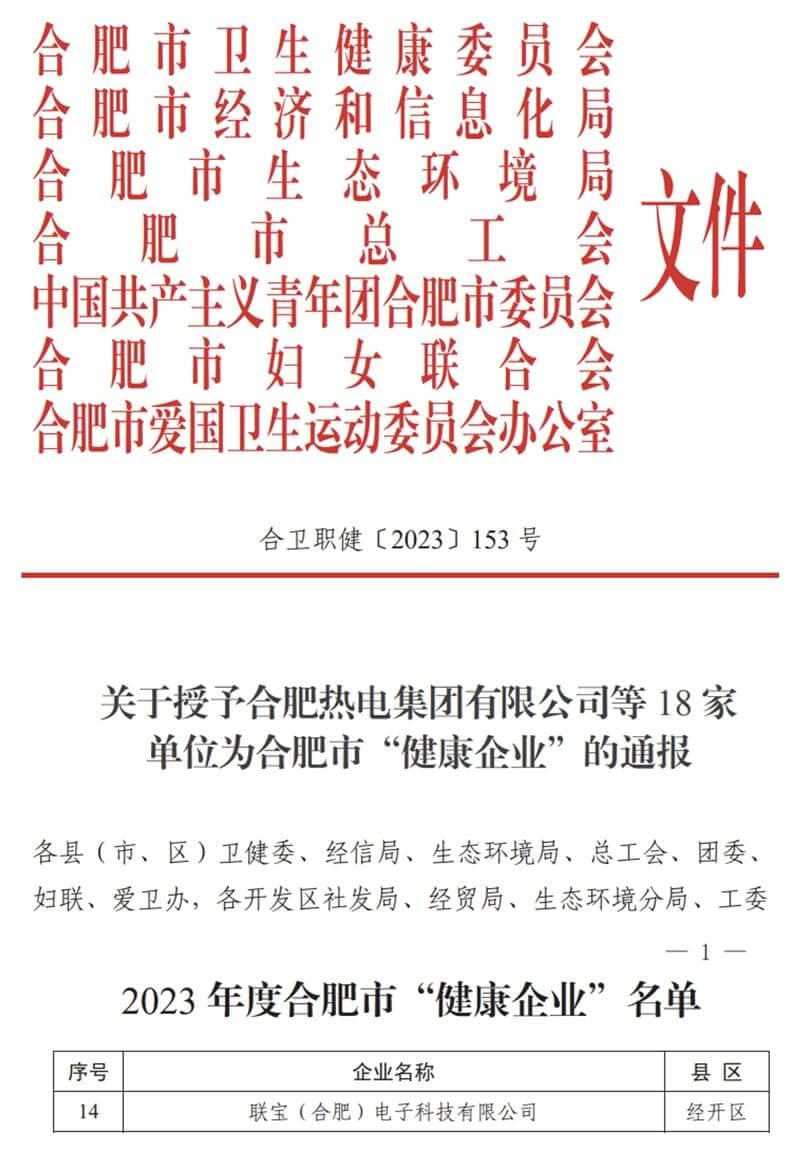- ESG
OperationsPlanetPerformanceReports
- REGULATORY
Export/ImportEnvironmentalAccessibility
Compliance management
The Company has an established process with assigned responsibilities for identifying and evaluating compliance with national, provincial, and local OHS legal and other requirements. Each manufacturing site of the Company must research and establish an inventory of applicable OHS legal and other requirements, which must be updated regularly. Compliance with these requirements is regularly evaluated and mitigation action is carried out when necessary. These applicable requirements are considered as the Company establishes, implements, maintains, and continually improves its OHS management system.
Applicable OHS legal and other requirements are categorized in accordance with how these requirements impact actual operations and functions performed at the Company. These operations and functions have been broken down into different categories, which include but are not limited to: Workplace Safety, Hazard Chemical Safety, Electrical Safety, Fire Safety, Process Safety and Risk Assessment, Health Services, and Emergency Response.
Hazard identification and risk assessment
One of the characteristics of the OHS management system is risk-based thinking. Hazard identification and risk assessment are always important inputs for work-related injury, ill health prevention, and operational controls. The Company has implemented a comprehensive hazard and risk identification program that assesses the activities and projects throughout its operations. The program offers a comprehensive procedure for identifying health and safety risks, assessing their impact on employees, recommending corrective actions, tracking required responses, and communicating the resolution of challenges. This strategy is one method employed to safeguard the health and safety of employees by identifying precautionary measures that prevent work-related injuries.
In FY 2023/24, the Company undertook various initiatives, such as an annual hazard identification and risk assessment, monthly assessments of external/internal issues, routine inspections, specific risk assessment programs like the automation equipment safeguarding optimization project, safety acceptance evaluations, occupational health control effectiveness evaluations for new plants, and additional efforts.
Health and safety awareness, and communication
The Company fosters a culture that values health and safety. Employee participation is essential to the success of health and safety management. The Company's employee and/or contractor health and safety awareness programs include, but are not limited to:
- Orientation: A presentation or video that covers topics such as health and safety legal requirements, workplace hazards, emergency procedures, and employees’ and contractors’ health and safety obligations.
- Topic-specific training: Topics such as health and safety awareness, emergency response, electrical safety, chemical handling, machine guarding, breast cancer awareness, mental health, stress and emotion management, dental health, and more.
- On-the-job training: New employees may also receive on-the-job training from their supervisors or other experienced workers.
- Promotion activities: Activities including Safety Month, ESG Month, Health Week, Well-being Week, newsletters, safety talks and more. 2023 Breast Cancer Awareness Day at Monterrey, Mexico Plant
Prevention and control
The Company’s health and safety program prioritizes prevention, incorporating health and safety-related standards from the earliest stage of a facility development and during non-routine tasks and projects. In FY 2023/24, the Company’s ‘Prevention Through Design (PTD)’ process was updated to align with increased automation equipment on the production line. PTD offers a roadmap for safety precautions during new equipment installations and includes a change management process for locations integrating new technology, engineering, services, and materials as a proactive measure to prevent work-related injuries. In addition, the Company’s ‘Operational Planning Control’ procedure guides each site on operational health and safety control approaches. Operational controls are methods, systems, processes, and equipment that safeguard human health and safety. These can be: special equipment protection; containment or isolation arrangements; alarms and automatic shutdown or shutoff mechanisms; treatment processes; communication requirements and warning signs; instructions and procedures; training programs, and more.

Performance evaluation
Management assesses the performance of its manufacturing sites to ensure health and safety objectives are being met. These evaluations consist of:
- Conducting monthly assessments of health and safety KPI performance to ensure the sites are on track, correct any identified deviations, and help meet the targets as needed;
- Organizing a monthly global manufacturing ESG meeting to share updates on manufacturing site performance, best practices, and lessons learned;
- Conducting quarterly Lenovo Manufacturing & Engineering (LME) ESG Committee review meetings;
- Conducting internal audits of manufacturing sites, including site self-assessments; and
- Organizing periodic management reviews for each manufacturing site.
Incident investigation and corrective action
The Company strives to maintain a workplace that is accident and injury-free. When a work-related injury, illness, or near-miss incident occurs, departmental managers and the OHS team immediately launch an investigation into the incident to identify the root cause. Corrective action plans are then formulated, and implementations are tracked until closure. Additionally, the OHS team engages in a ‘Lessons Learned’ process that includes sharing information and analyzing data with other manufacturing locations, and holding lessons learned meetings to increase awareness and prevent repeated incidents.
Emergency preparedness
The Company recognizes the importance of developing and implementing an emergency plan that protects people involved in its manufacturing processes and ensures that employees are familiar with its emergency response procedure. The Company’s Emergency Response Team (ERT) collaborates with the facilities to design an emergency plan that specifies the appropriate response to unexpected events, minimizes related risks, and ensures the safety of employees. This process is further supplemented by providing skills that include first aid and cardiopulmonary resuscitation (CPR) training. To further enhance preparedness, one of the Company’s manufacturing sites has designed and applied digital applications to enhance emergency response efficiency and emergency management.
Certification and audits
The Company is determined to ensure that the working conditions at all its manufacturing locations are safe, workers are treated with respect and dignity, operations are environmentally sound, and business operations are conducted responsibly and ethically. In support of this commitment, the Company has implemented programs and practices to ensure that its manufacturing sites comply with the RBA Code of Conduct. Additionally, the Company is working to achieve RBA Validated Audit Program (VAP) and Factory of Choice (FoC) recognitions at its manufacturing sites as it aims to demonstrate social and environmental leadership. The Company also conducts internal audits, ISO certification audits, and customer requested audits. During the RBA VAP audits, independent auditors assess the sites’ health and safety practices in addition to other ESG-related topics. As of the end of FY 2023/24, all company-owned manufacturing sites (not including new locations with less than one year of labor data) have undergone the RBA VAP.
Responsible Business Alliance certificates
In FY 2023/24, the Company has set the goal of successfully conducting RBA VAP audits and FoC recognition for company-owned manufacturing sites in FY 2024/25, barring force majeure. The RBA FoC designation is intended to recognize manufacturing sites that fully commit to the RBA Code of Conduct and demonstrate leadership through impact and transparency.
- A VAP with a minimum score of 160 and all priority findings must be closed;
- At least one RBA-Certified Factory Lead; and
- A functioning worker forum to provide feedback to management that results in workplace changes
Recognitions
In March 2023, the Company’s Sao Paulo, Brazil office achieved Fitwel Viral Response Certification.

In December 2023, the Company's Hefei, China plant was awarded ‘Health Enterprise” by the local government.


